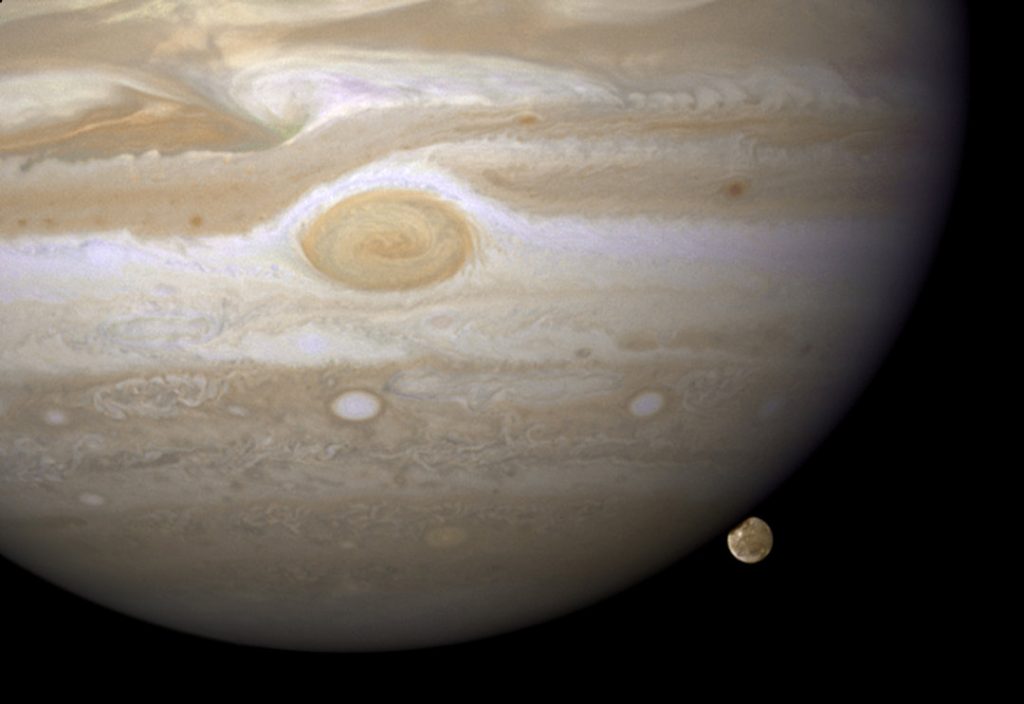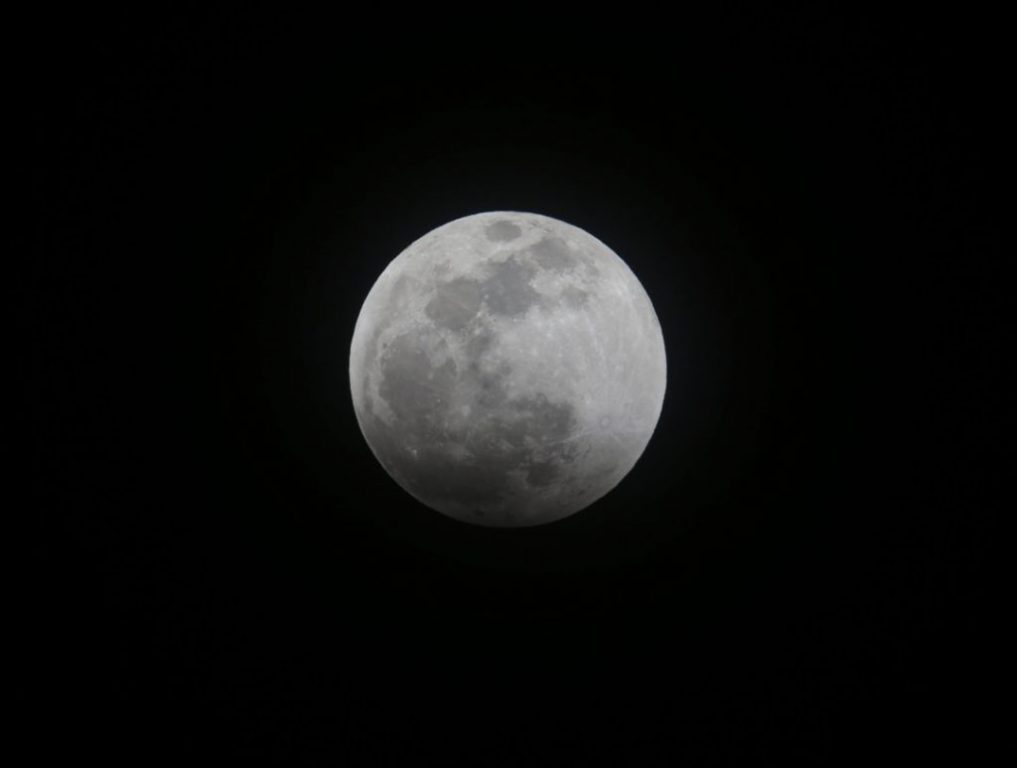Last weekend, the United States once again launched astronauts into space from American soil. The SpaceX Crew Dragon spacecraft lifted off from Kennedy Space Center in Florida with NASA astronauts Robert Behnken and Douglas Hurley on board, bound for the International Space Station.
Going forward, NASA has set its sights on returning astronauts to the moon by 2024. Neil Armstrong stepping onto the surface of the moon in 1969 is still hailed as one of mankind’s greatest accomplishments. It took an impressive combination of ambition and technical prowess to achieve that mission.
NASA isn’t the only organization with the skill set to take you to other worlds. Nationalgeographic.com has a section dedicated to all the moons in our solar system. Type The Atlas of Moons into the search function at the top of the site to begin your journey.
As you scroll down the page, the orbits of all the planets in our solar system come into view. Continue scrolling and you zoom into Earth’s orbit, and then our moon’s orbit around us. A brief description of the planet’s lunar system is displayed, including the distance from the sun and the speed that the moon travels around the Earth, which is a blistering 39,350 mph.
As you watch the moon race around its orbit, the distance from the planet is displayed, updating constantly as its path traces nearer and further from the planet. The length of time it takes to complete an orbit is also displayed.

ASSOCIATED PRESS / NASA / HUBBLE
The Hubble Space Telescope has caught Jupiter’s moon Ganymede playing a game of “peek-a-boo.” Ganymede completes an orbit around Jupiter every seven days. Because Ganymede’s orbit is tilted nearly edge-on to Earth, it routinely can be seen passing in front of and disappearing behind its giant host, only to reemerge later. Composed of rock and ice, Ganymede is the largest moon in our solar system. It is even larger than the planet Mercury. But Ganymede looks like a dirty snowball next to Jupiter, the largest planet in our solar system. This color photo was made from three images taken on April 9, 2007.
Keep scrolling and information on the moon’s formation, composition and history is displayed. Below that is a highly detailed, rotating image of the moon with labels on all the named features. You can grab the celestial body with your cursor and rotate it in any direction.
Below the moon is a scale showing its size compared to the United States. There’s also information on other moons in our solar system that share similar traits, such as composition, origin or atmosphere. Finally, there is a list of crewed and robotic space missions from different countries that have landed on the moon.
If you keep scrolling down the page you will eventually travel to each planet in our solar system in order of distance from the sun. You can explore their major moons in the same fashion as ours.
This can take a while. Jupiter has 79 moons and Saturn has 82, though the site doesn’t profile all of them. If you want to jump to a specific planet or moon there’s a drop-down menu at the top of the section that lets you pick your destination.
As you would expect from National Geographic, the site is well-designed, easy to use and visually stunning.

Kevin OʼNeill has been a staff artist for The Times-Tribune since June 1993. In addition to doing illustrations and infographics and designing pages for the paper’s print and electronic publications, he writes InSites, a weekly column about websites and apps. Contact: koneill@timesshamrock.com; 570-348-9100 x5212




